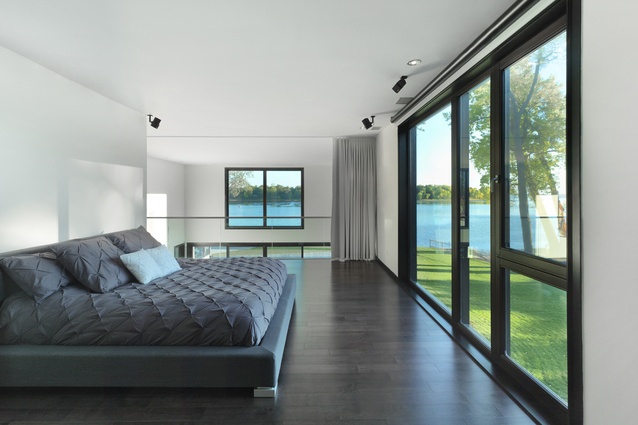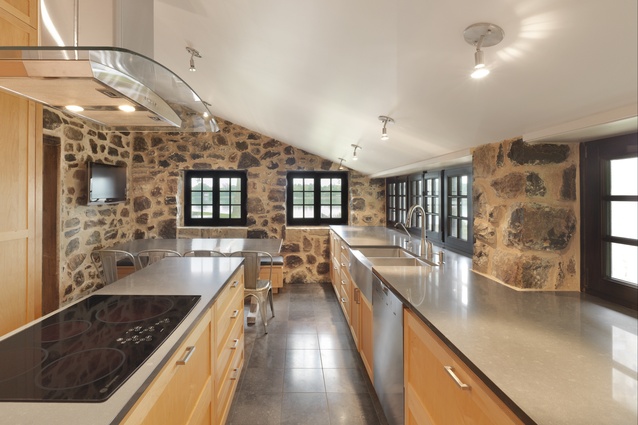Hot House: Chemin Bord du Lac
Multi-generational houses often aren’t highly-considered pieces of architecture. More often than not, they are houses that were originally designed for a stereotypical family unit: Mum, dad, two sprats and a mid-sized pooch. But what could multi-generational architecture look like? Could a home with parts constructed at different times grow to hold an expanding family unit?
Could the architecture become emblematic of the different age groups that inhabit its spaces? Perhaps the architecture could strike a balance between separation and connection? Or perhaps it could communicate the different lifestyles of its occupants through its forms and finishes?

Henri Cleinge’s design for Chemin Bord du Lac caters for a multi-generational family that crosses two architectural eras and languages. “The house was designed for two doctors, their two children and two grandparents. They wanted to create a multi-generational house, which is increasingly common in Montreal and other places,” notes Cleinge.
These types of homes are common in many parts of the world, particularly in Asia. Yet, in the West, they are not so entrenched in the architectural fabric of society. Cleinge’s design is one of an increasing number of projects in the West that cater for larger multi-generational families.
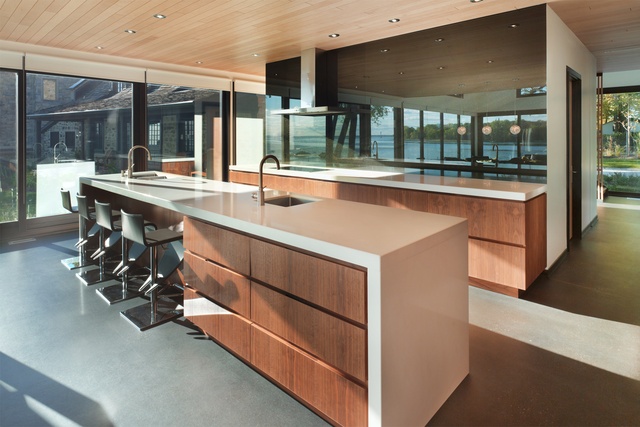
The original house on the site dates back to 1850 and was built by the Hudson Bay Trading Company. Its thick, stone walls support heavy timber beams, with its bulk clearly evident. Alongside this stony block, Cleinge has added a new two-storey steel and glass volume that contrasts the original house in almost every way possible. It has a flat roof, rather than a pitched roof. Its windows are expansive, rather than cossetted. It is a lightweight lined construction, rather than a solid earthy mass. It is the antithesis of the original house, and deliberately so.
Cleinge describes his philosophical approach to working with existing heritage buildings as being based on contrast rather than copying. He asserts, “The strategy was to create a contrast between the old and new, to avoid fakery and create a symbiotic exchange between the different parts, which added value to both of them.” The strategy leaves no doubt as to which parts of the project are original heritage fabric and which are contemporary pieces of construction.
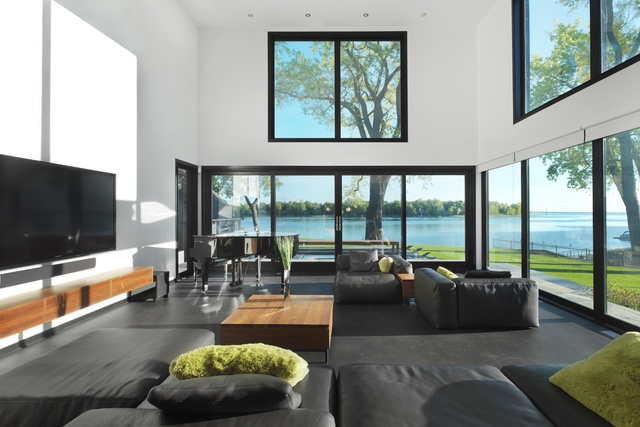
The aspiration of creating a symbiotic relationship between the new and the old plays out through the design in its material and planning. Stark contrast is pursued in all of the exterior elements, but within the planning of the project, there are greater similarities between the two spaces. The most pertinent being the use of two double-height volumes at either end of the nunchuck-like plan. These tall spaces anchor the two ends of the house and create a notional symmetry in the experience of the building.
The bridge designed to connect the house is another critical moment in the project. This bridge articulates the passage from the old to the new and creates a buffer between each volume on ground level. This strategy is particularly effective as it allows each building space to breathe where it meets the ground, heightening the sense that they are essentially separate buildings, each worthy of respect. The detailing of the bridge also steps it neatly off the surface of each major block, highlighting its own form and defining it as a third element.
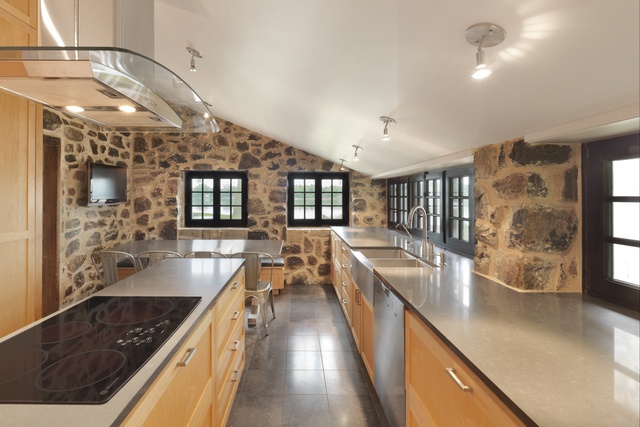
Inside the new portion of the house, black and white surfaces are accented by timber details. Again as a matter of contrast, the new interior feels crisp and cool, instead of warm like the older interior. Timber cabinetry and panelled ceilings provide some respite from the stark colour palette. In the old building, the smaller re-planned interiors are knitted neatly into the existing structure for the grandparents’ use. The new and the old are quietly feathered together in these spaces.
Cleinge’s foray into the multi-generational has created two homes within one home. The separation of the new and old, honestly presently, has created a version of the multi-generational home that is balanced between the different needs of the family. Formally together, but with a measure of distinction, in search of harmony.





